Tyrannosaurus Rex. King of the tyrant lizards. It’s 6 meters tall (20 feet), 12 meters (40 feet) long, and it weighs upward of seven tons. You can hide from it, you might even be able to outrun it, but do you really want to do this every day?
What would it be like to live with T. rex? Would we keep them in zoos? Would we eat them in restaurants? Would we wear them on our backs? Or would we live in constant fear of being chomped, clawed, or trampled?
Roughly 66 million years ago, a massive asteroid, thought to be about 15 km (9 miles) wide, hit the Earth with an impact equal to several million nuclear bombs detonating at once. This triggered the sudden mass extinction of approximately 75% of all plant and animal species on the planet. Among them was the most powerful terrestrial predator to have ever lived, the Tyrannosaurus rex.
As one of the most popular prehistoric animals, being able to see a T. rex in the flesh is a pretty common fantasy. But what if we got what we wished for, and T. rex were still alive today? Would humanity be able to survive alongside them? Were T. rex as vicious and as ruthless as they appear to be in movies and TV? Or would these massive dinosaurs be more worried about us than we would be of them?
If T. rex were alive today, chances are they’d be an endangered species. Their terrifying reputation would be no match for the habitat loss, pollution, and food shortages caused by humans. Because of this, T. rex populations would be a lot smaller, and it’s even possible that they would have evolved to be a smaller size.
We’d probably have to keep them in sanctuaries similar to a wildlife safari, since letting them roam freely would be bad for both T. rex and humans. In the wild, a T. rex would have to look out for hunters or poachers who’d want the thrill and the bragging rights of taking down a seven-ton beast.
But even if you were smart enough to keep your distance, a hungry T. rex looking for food might find itself stumbling onto a farm, or breaking into a city zoo. And if you can’t imagine a rampaging T. Rex storming around your city, just imagine an upright bus with two legs and sharp teeth that have a maximum bite force of about 5,800 kg (12,800 lbs).
But it’s not like T. rex would always be out hunting humans. Scientific evidence suggests that T. rex might’ve been more like scavengers than predators. Unlike most predators that tend to have super sharp vision, a T. rex’s eyes were small and weak. This dinosaur also had unusually small arms compared to rest of their body, which wouldn’t have been very effective for fighting prey.
However, T. rex did have unusually large olfactory lobes as part of their brains, which scientists think would have been helpful for smelling rotting carcasses from far away. But that same powerful sense of smell might also draw T. rex to country ranches or to urban meat factories, which would almost certainly end in disaster.
A T. rex could eat up to 230 kg (500 lbs) of meat in just one bite, so your farm animals wouldn’t last very long. And if you wanted to defend them, or simply prevent your house from being crushed, you wouldn’t be able to take on a T. rex without a gun. If you didn’t have one, you’d have to run for your life.
T. rex weren’t super fast runners, with some scientists believing their top speed was around 16 km/h (10 mph), so if you ran and hid in a dense forest, where it would be hard for them to maneuver, you might be safe. You could also try to trip the T. rex that’s chasing you, since they’re top-heavy dinosaurs that had a hard time getting up if they fell.
Of course, we wouldn’t have to worry about endangered livestock and outsmarting T. rex, if we kept them safely confined to wildlife preserves. We could create large habitats for them, and grow food to feed them, so that their appetites wouldn’t get them or us into trouble. The sanctuaries probably wouldn’t look like anything from Jurassic
Sources
- “Did T. Rex Feed By Hunting Or Scavenging?“. 2020. Thoughtco.
- “What Killed The Dinosaurs?“. 2020. Nhm.Ac.Uk.
- “A Computational Analysis Of Limb And Body Dimensions In Tyrannosaurus Rex With Implications For Locomotion, Ontogeny, And Growth“. Hutchinson, John R., Karl T. Bates, Julia Molnar, Vivian Allen, and Peter J. Makovicky. 2011.
- “How Do You Feed A T. Rex?”.Switek, Brian. 2016. Fivethirtyeight.
- “Tyrannosaurus Rex Likely Had Awful Breath And Its Arms Weren’t So Tiny“. 2020. Thoughtco.


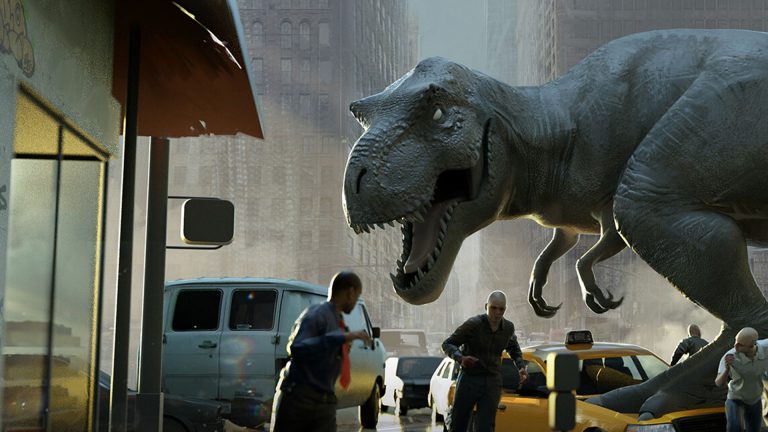
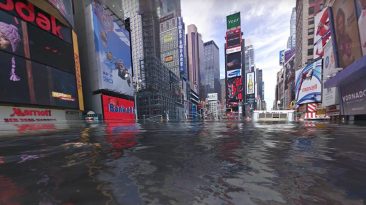
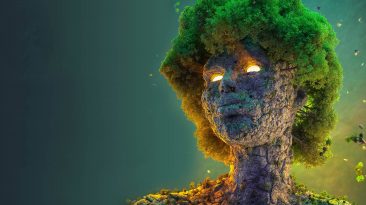
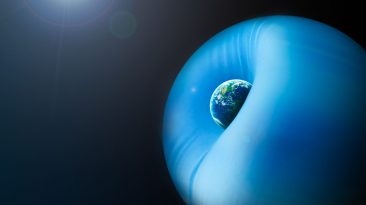
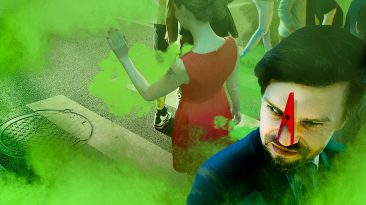


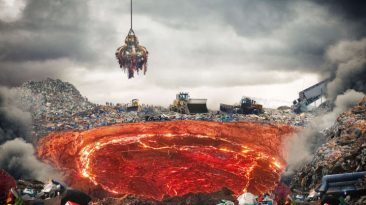
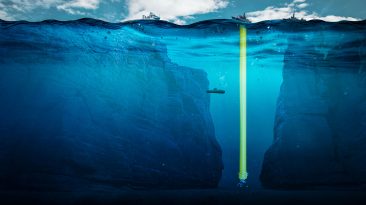

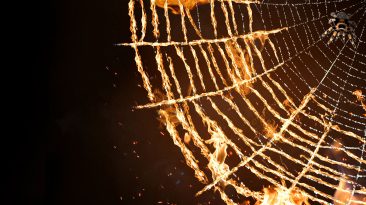
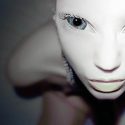


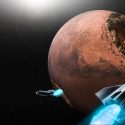


Kent A. Stevens of the University of Oregon used models of the faces of several dinosaurs, including T. rex, to try to figure out how well they could see. He was especially interested in T. rex‘s binocular vision. Binocular vision allows animals to see three-dimensional objects more clearly, even when the objects are motionless or camouflaged. It turns out that T. rex had pretty amazing vision—better than people and even hawks have. Stevens also found that parts of T. rex‘s face changed over time to help it see better. As the animal evolved over millennia, its eyeballs grew larger and its snout grew skinnier so… Read more »